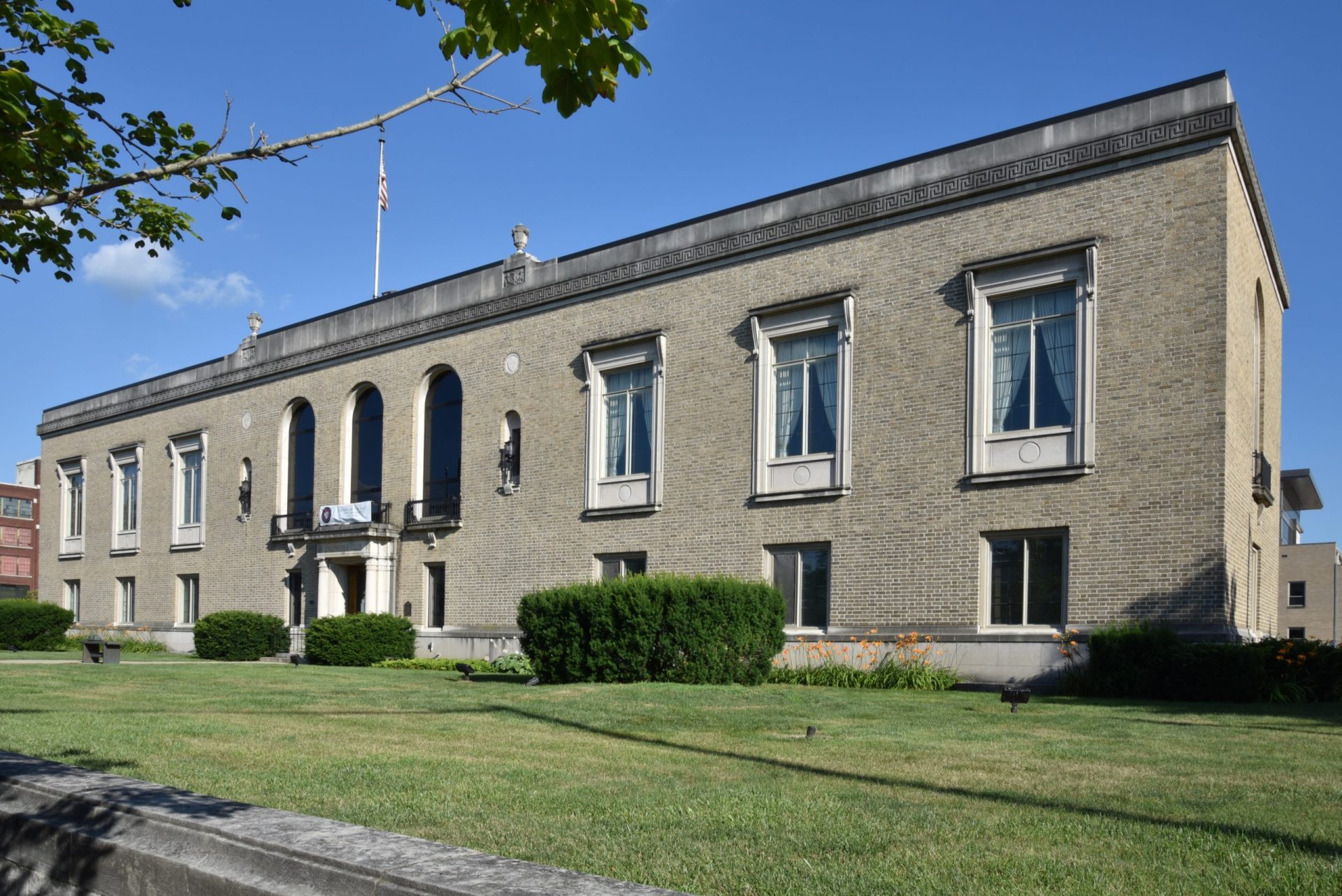
1943 – 2005
Discovery and Characterization of Fullerenes Enabling the Development of Nanotechnology
Dr. Richard E. Smalley (June 6, 1943 – October 28, 2005) discovered and characterized fullerenes, and became an unceasing advocate for nanotechnology and its applications across a broad swath of society. In 1996, Dr. Smalley, professor at Rice University, together with Dr. Robert Curl, a fellow professor at Rice University, and Sir Harold Kroto, a professor at the University of Sussex, were awarded the Nobel Prize in Chemistry for the 1985 discovery of buckminsterfullerenes (buckyballs); The astonishing discovery of this 60-carbon cage molecule established a new field of national and international research: nanotechnology.
Dr. Smalley was an influential spokesman for the entire field of nanotechnology, crisscrossing the country to give speeches, testifying before Congress, and meeting with government, academic, and industrial leaders. In 1999 he was diagnosed with cancer in the lymphatic system, which later developed into leukemia. That same year, he testified before the U.S. House of Representatives in support of the National Nanotechnology Initiative, arguing that “These little nanothings, and the technology that assembles and manipulates them—nanotechnology—will revolutionize our industries and our lives.” He is credited with playing a crucial role in getting the National Nanotechnology Initiative (NNI) approved by Congress. In recognition of his leading role in nanotechnology research and advocacy, Dr. Smalley was the only academic invited to the White House to witness President George W. Bush’s signing of the landmark bill, December 3, 2003. Upon his death in 2005, the U.S. Senate passed a resolution, crediting him as the “Father of Nanotechnology.”
- Some of the most exciting developments pertain to medicine. Developments include many powerful new diagnostic tools and dozens of new nanomedicines.
- Quantum dots, which are nanoscale forms of semiconductors, exhibit size-dependent fluorescence have become the basis for high-quality televisions and displays.
- Chemical frameworks with designed porosities at the nanoscale have become sponges for environmental remediation or gas storage.
- High-powered microscopy tools originally developed to visualize nanostructures, now are used to make millions of encoded nanostructures at once, dramatically accelerating new materials discovery.
Combinatorial “megalibraries” are now being built, consisting of millions of nanostructures: the parameter set is near endless. For example, a single megalibrary contains more new inorganic materials than scientists have collectively synthesized and characterized to date.
Next-generation catalysts have been identified that fuel processes in the clean energy, automotive and chemical industries.
Next-generation batteries have been developed that can handle long-term storage of renewable energy. Fuel cells have been built that will meet the demands of bigger and more powerful vehicles.
Nanotechnology is probably the most promising branch of science today. It holds out the promise of clean air, cheap energy, and longer life. Almost every industry today is using or considering nano for their business, and most countries are engaged in nanotechnology research and development.
The discovery of fullerenes was recognized in 2010 by the designation of a National Historic Chemical Landmark by the American Chemical Society at the Richard E. Smalley Institute for Nanoscale Science and Technology at Rice University.
References:
Dr. Richard E. Smalley. Wikipedia.

